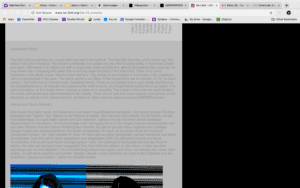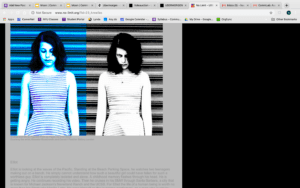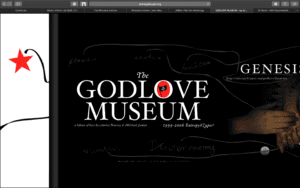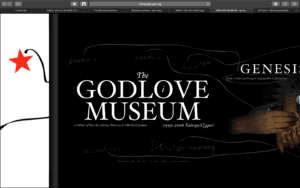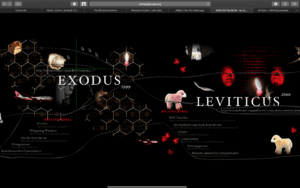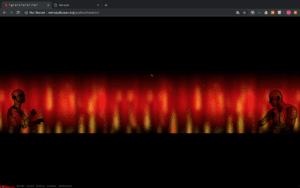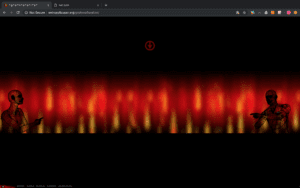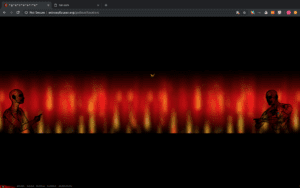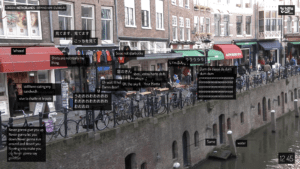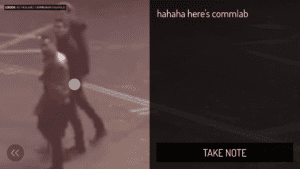Rachel Greene’s article about Net Art is very wholesome. She includes the history of the internet and basically throughout her article explains how it has blossomed into a platform for all people, connecting those from all over the world regardless of skin color, race, ethnicity, etc. Everyone shares one thing: Behind screens.
Honestly, I got a little confused during the reading because the terminology is a bit different. However, I was able to summarize that through her historical context and various amounts of examples, Net Art is sort of underrated in the “Art community” that she also brings up earlier in the reading. She mentions how Net Art was not part of a particular community, and wasn’t really categorized as anything except just excerpts of digital art, however there was finally a name for it: Net Art.
I thought this reading was interesting because before it was mentioned in class, I never heard of Net Art nor knew what it was. Yet this article made it a little clearer as to the history of the Internet, various examples of digital art, some creators, certain themes such as cyberfeminism or chat rooms, etc. Net Art is a unique form of art that looks very challenging to put together (from an amateur’s point of view), and the obscurity of it makes it more creative which then gets appreciation from viewers like me.
